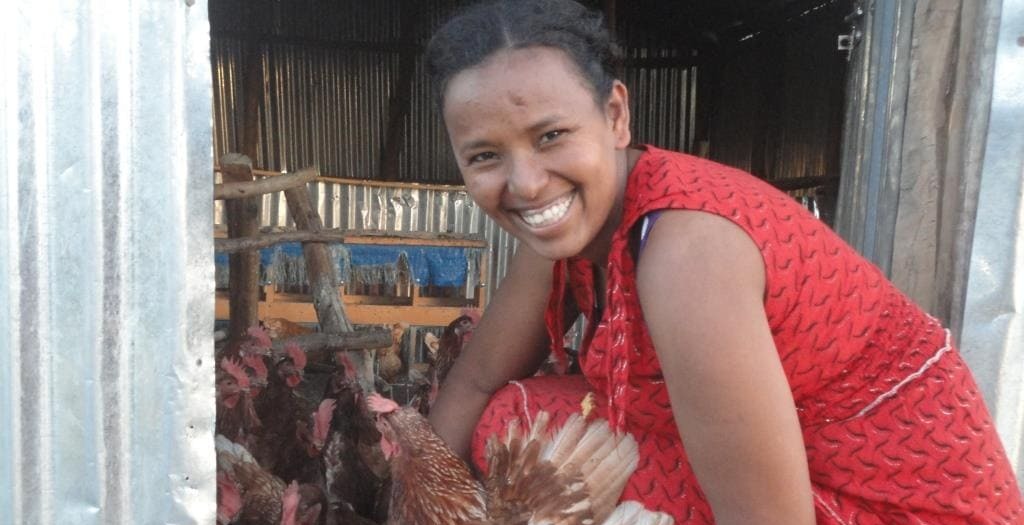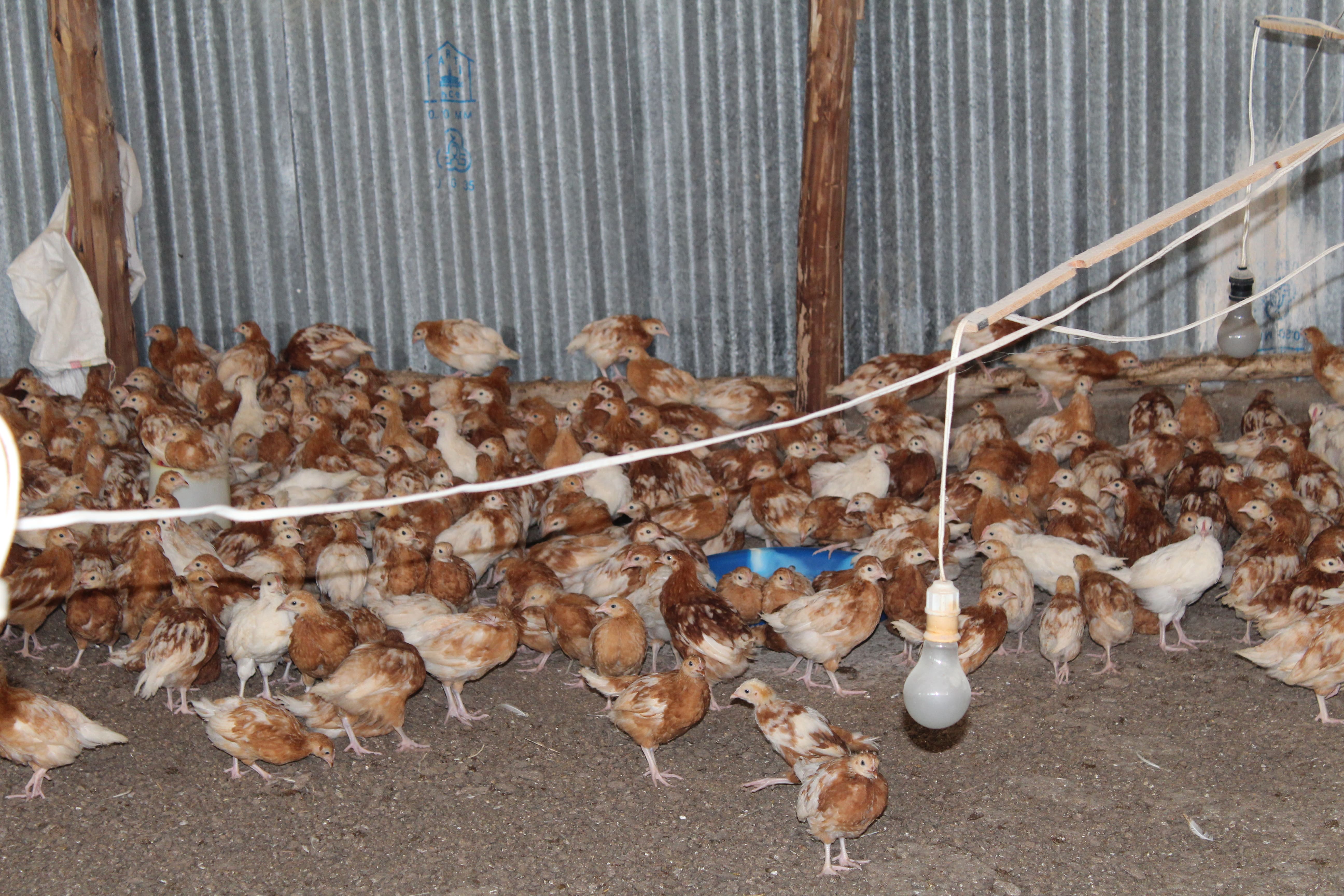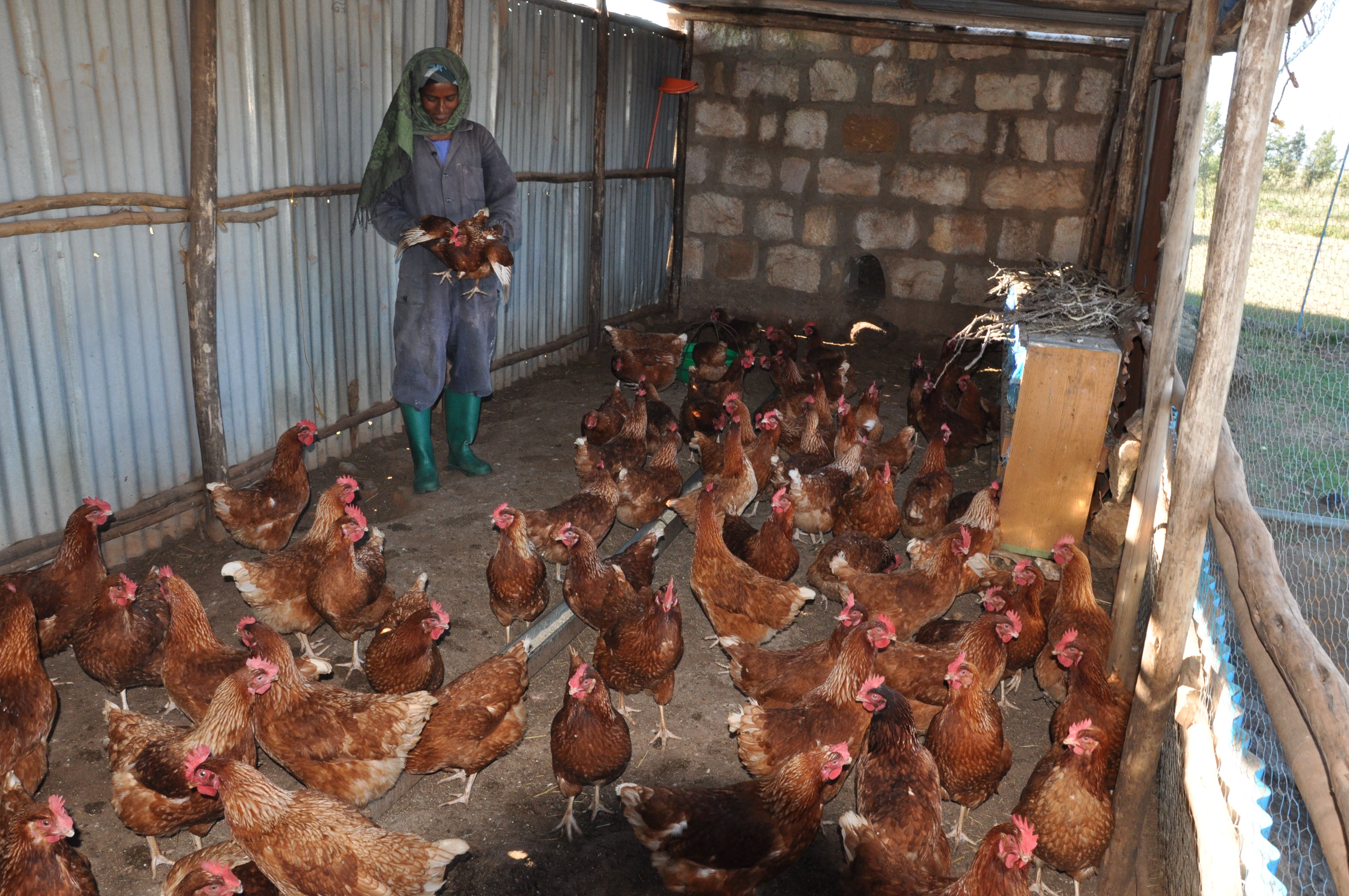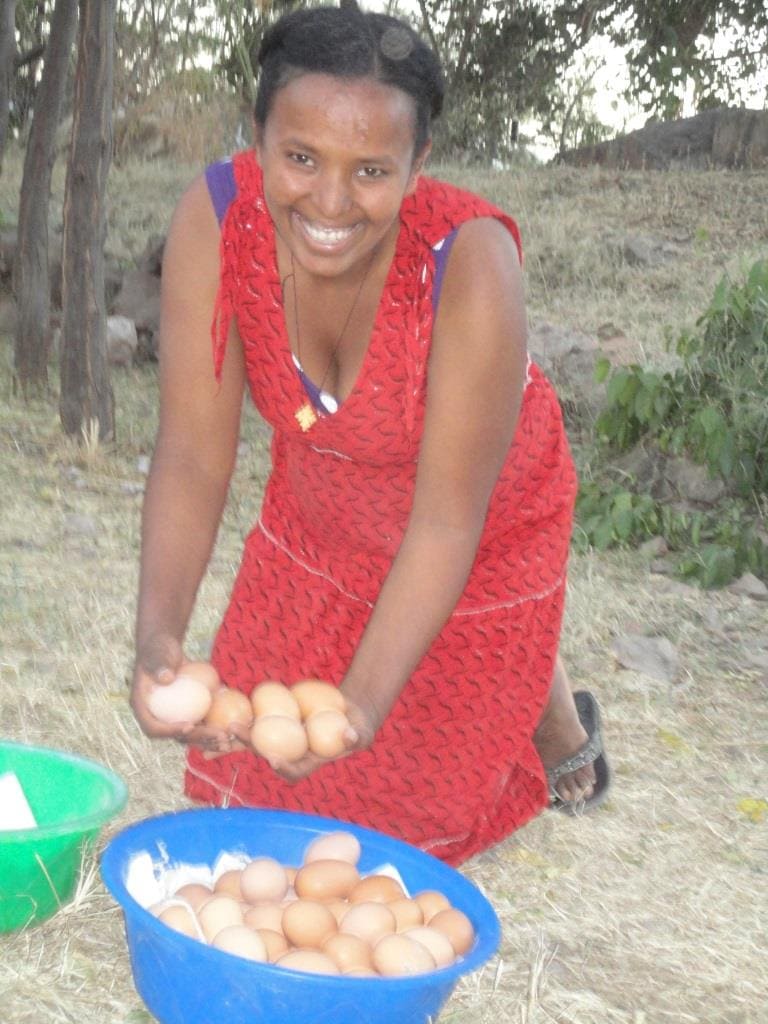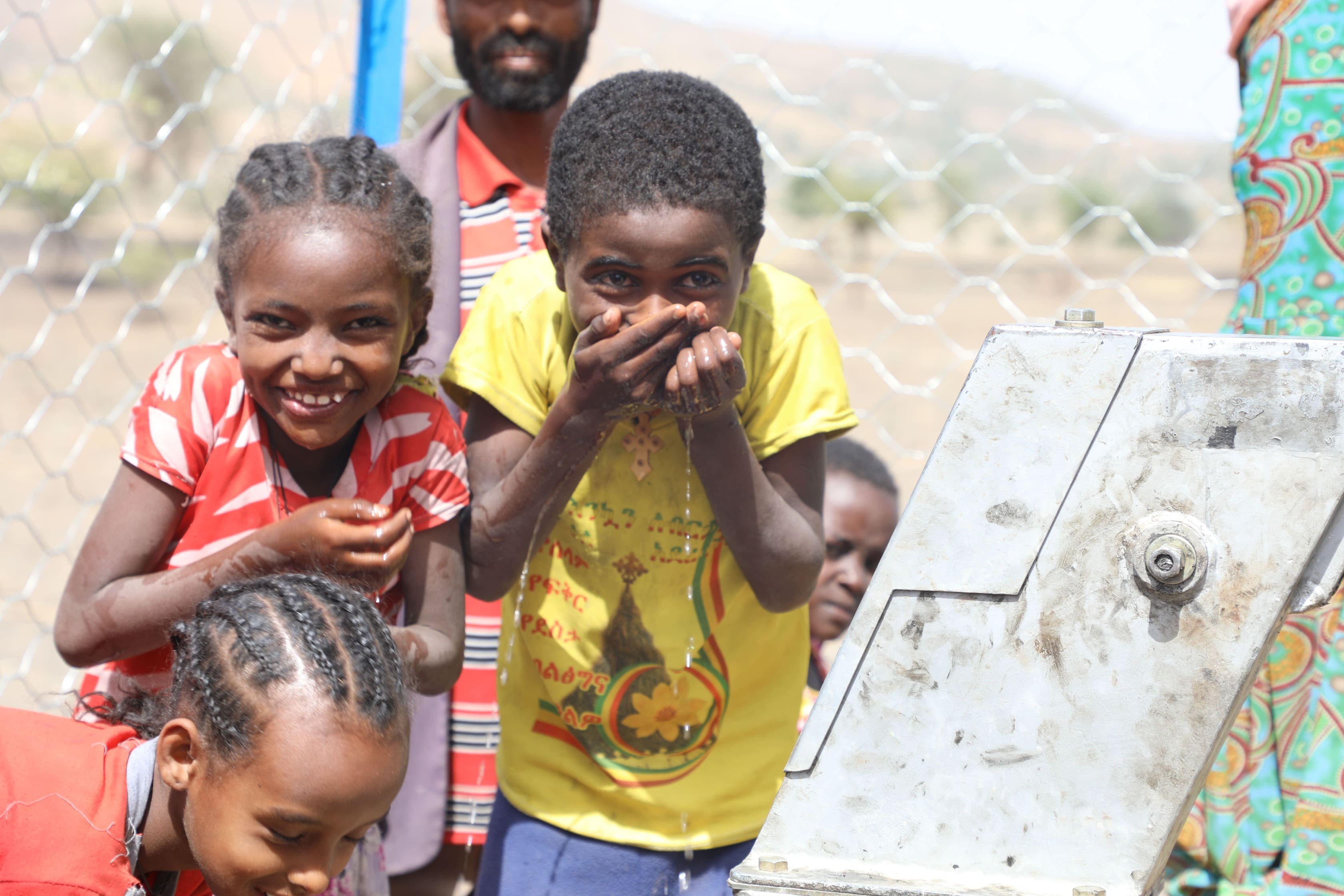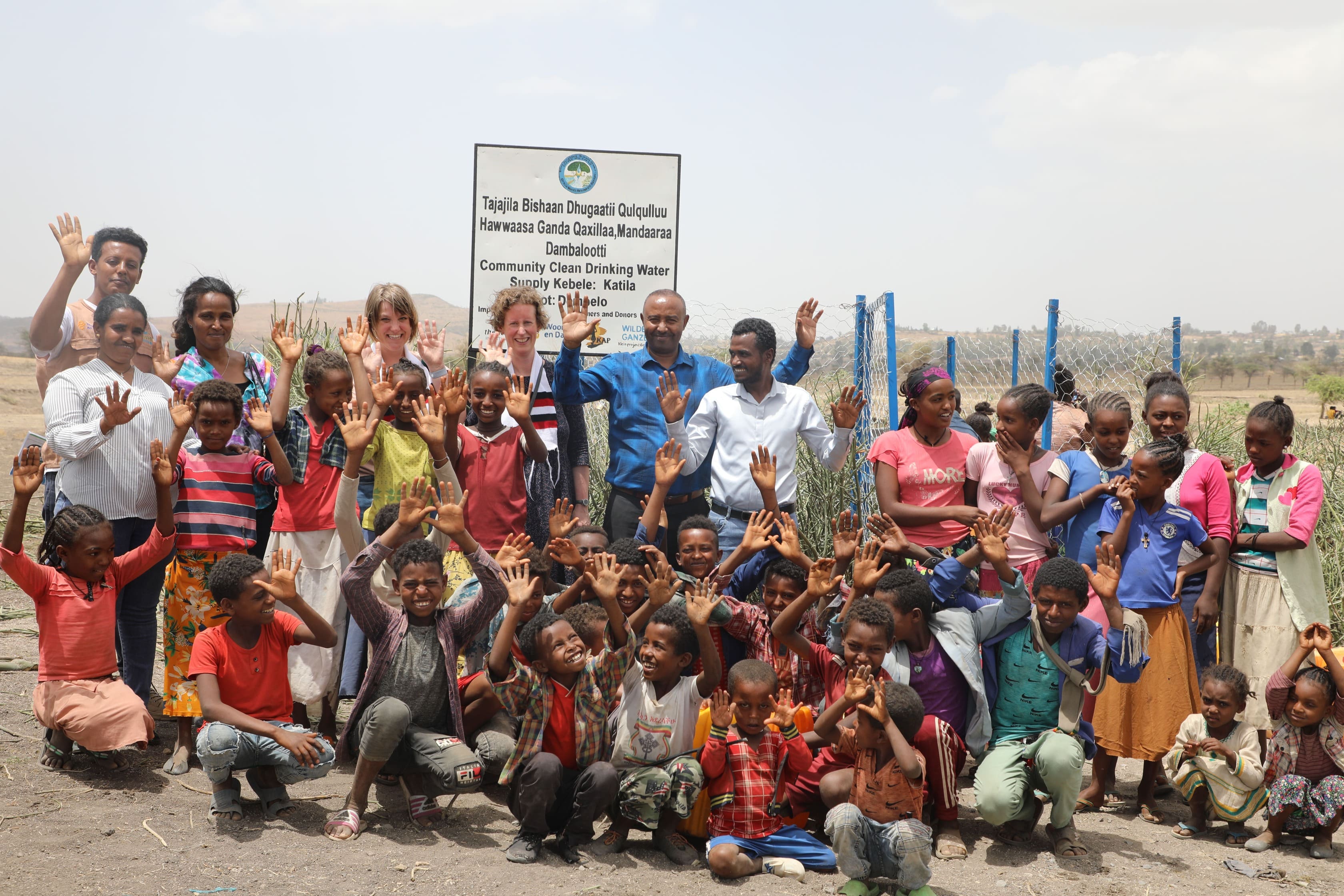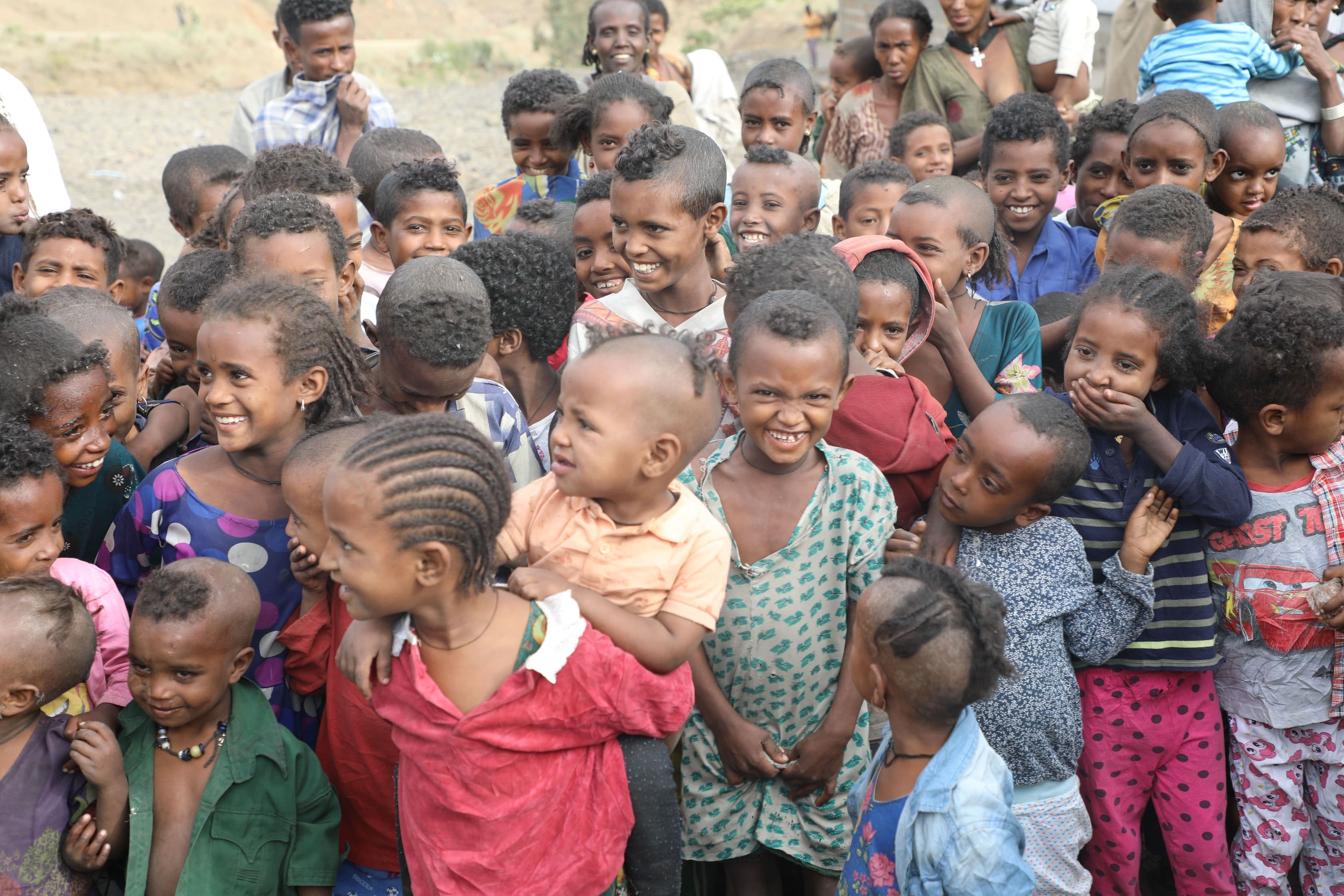Project goal: To improve health and socioeconomic wellbeing of the community by creating sustainable safe water access and promotion of hygiene and sanitation practices.This goal can be achieved by three outcomes:
- Increased access to safe drinking water for more than 50,000 people that are underserved and disadvantaged community members, school children and health center beneficiaries in Sanbate Shalla Kebeles;
- Improved sanitation and hygiene practices of Sanbate Shalla communities; and school children and health center beneficiaries;
Increased sustainability of safe water supply system through strengthening the capacity of Siraro Water Service Supply Enterprise.
Project Objective: The main objective of this project is to improve the livelihood of project beneficiaries through the promotion of:
- Improved safe drinking water source
- Good hygiene practices
- The reduction of environmental health risks
The conditions that allow people to live with good health
Shalla woreda is surrounded by Lake Shalla, and situated within the rift valley of Ethiopia. One of the characteristics of rift valley areas is having high level of fluoride in the ground and surface water. Getting clean drinking water for Sanbate Shalla communities is one of the big problems and major share of the household income is spending to get safe water. Schools and health centers are running without water source. School children are attending their education by traveling 3-4 kilometers every day in very warm climate without getting water while they are in the school. With all the livelihood problems, they are struggling with poverty, getting clean drinking water ranks first for the community to lead at least improved life. Personal hygiene is unthinkable without availability of water. Environmental sanitation is unknown terminology for shall Communities as open defecation is a common traditional practice.
This project will improve health and socioeconomic wellbeing of the community by creating sustainable safe drinking water, and promotion of proper hygiene and sanitation practices in Siraro Woreda, Senbete Shalla and surrounding area.
The project will adopt the Community Led Total Sanitation and Hygiene (CLTSH) methodology to to bring behavioral change on current hygiene and sanitation practices in targeted communities. CLTSH involves facilitating a process to inspire and empower rural communities to stop open defecation;to build and use latrines, without external subsidies to purchase hardware such as, pans and pipes. The project will provide the communities with an incentive (limited amount of cash or inkind assistance) to further motivate and support the construction of model sanitary facilities (e.g. latrines or waste bin, etc) in their communities.
The Donor of this project is Stichting Woord en Daad from the Netherland
Total three years budget is :More than 2 million EURO (110 million Eth Birr)
Lead implmenter: The Well in Action
Implmenting parteners: Siraro Water Supply and Service Enterprise; West Arsi Zone Water Office and Oromia Water and Energy Bureau
